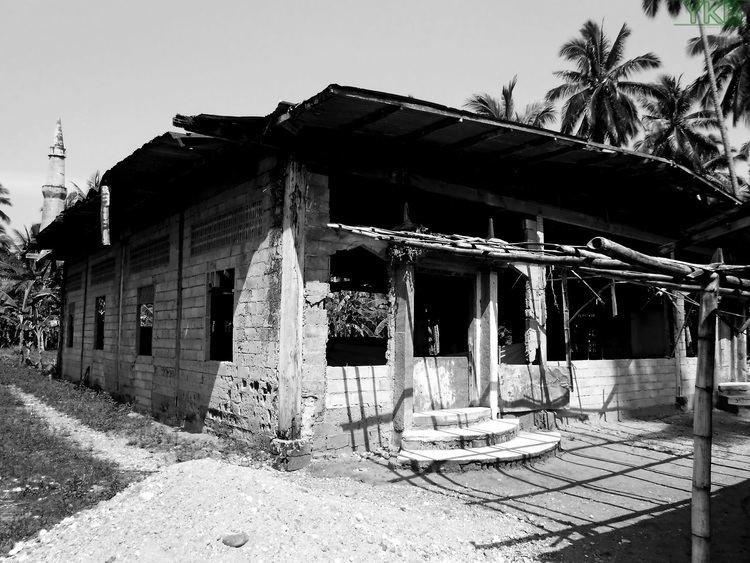Target Filipino Muslims Perpetrators Philippine Army Perpetrator Philippine Army | Deaths 1000-1500 Date 24 September 1974 Attack type Mass shooting | |
 | ||
Location Palimbang, Sultan Kudarat, Philippines | ||
The Malisbong massacre, also called the Tacbil mosque massacre, was the mass murder of Muslim Moros on September 24, 1974 in the coastal village of Malisbong in Palimbang, Sultan Kudarat, Mindanao where units of the Philippine Army killed more than 1000. Accounts compiled by the Moro Women's Center in General Santos City state that 1500 male Moros aged 11-70 were killed inside a mosque, 3000 women and children aged 9-60 were detained - with the women being raped and that 300 houses were razed by the government forces. The massacre occurred two years after Ferdinand Marcos declared martial law in September 1972.
Contents
The massacre started after the first four days on the feast of Ramadan when members of the Philippine Constabulary arrived and captured barangay officials along with 1000 other Muslims and never came back. For more than a month, the military would capture murder residents in the area by batch. Testimonies show that victims were made to strip of their clothes, dig their own graves and shot.
Remuneration for victims
In 2011, the Moro Islamic Liberation Front sought compensation for the Moro victims of martial law violence in the wake of the distribution of $7.5 million in compensation for more than 1000 individuals who filed a class suit against the Marcoses. The MILF claimed that thousands of Moros were killed in massacres perpetrated by soldiers and state-sponsored paramilitary forces during martial law. These included the Manili massacre, Kauswagan massacre, Tictapul massacre, Malisbong massacre, Patikul massacre and Pata Island massacre.
In 2014, the Philippine government finally recognized around 1500 Moro residents of Malisbong village who were killed in the massacre as martial law victims. Representatives of the Commission on Human Rights facilitated the inclusion of the survivors and the families of the massacre victims as among the claimants of the Php 10 billion fund set by the government for the indemnification of human rights victims during the martial law regime of the Ferdinand Marcos, in keeping with the provisions of Republic Act No. 10368, or the Human Rights Victims Reparation and Recognition Act of 2013.
In popular culture
Forbidden Memory is a film based on the Malisbong massacre directed by Davao-based Maguindanao filmmaker Gutierrez Mangansakan. It won Best Documentary from the three finalists in the 12th Cinema One Originals, the annual film festival sponsored by Cinema One.
